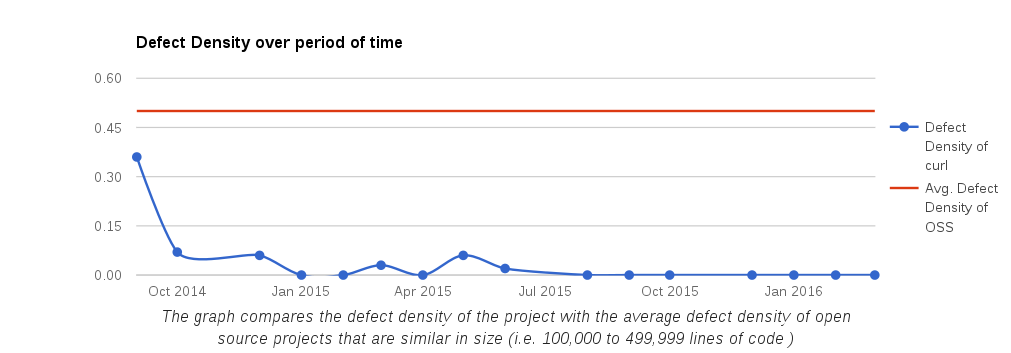I’ve been running a keylogger on my main Linux box for exactly one year now. The keylogger logs every key-press – its scan code together with a time stamp. This now allows me to do some analyses and statistics of what a year worth of using a keyboard means.
This keyboard being logged is attached to my primary work machine as well as it being my primary spare time code input device. Sometimes I travel and sometimes I take time-off (so called vacation) and then I usually carry my laptop with me instead which I don’t log and which uses a different keyboard layout anyway so merging a log from such a different machine would probably skew the results a bit too much.

What did I learn?
A full year of use meant 6.76 million keys were pressed. I’ve used the keyboard 8.4% on weekends. I used the keyboard at least once on 298 days during the year.
When I’m active, I average on 2186 keys pressed per hour (active meaning that at least one key was pressed during that hour), but the most fierce keyboard-bashing I’ve done during a whole hour was when I recorded 8842 key-presses on June 9th 2015 between 23:00 and 24:00! That day was actually also the most active single day during the year with 63757 keys used.
In total, I was active on the keyboard 35% of the time (looking at active hours). 35% of the time equals about 59 hours per week, on average. I logged 19% keyboard active minutes, minutes in which I hit at least one key. I’m pretty amazed by that number as it equals almost 32 hours a week with really active keyboard action.
Zooming in and looking at single minutes, the most active minute occurred 15:48 on November 10th 2014 when I managed to hit 405 keys. Average minutes when I am active I type 65 keys/minute.
Looking at usage distribution over week days: Tuesday is my most active day with 19.7% of all keys. Followed by Thursday (19.1%), Monday (18.7%), Wednesday (17.4%) and Friday (16.6%). I already mentioned weekends, and I use the keyboard 4.8% on Sundays and a mere 3.6% on Saturdays.
Separating the time-stamps over the hours of the day, the winning hour is quite surprising the 23-00 hour with 11.9% followed by the more expected 09-10 (10.0%), 10-11 and 14-15. Counting the most active minutes over the day shows an even more interesting table. All the top 10 most active minutes are between 23-00!
The most commonly pressed keys are: space (10%) and backspace (6.5%) followed by e, t, a, s, left control, i, cursor down, o, cursor up, n, r. 29 keys were pressed more than 1% of the times. 30 keys were pressed less than 0.01%. I used 99 different keys over the year (I believe my keyboard has 105 keys).
Never pressed keys? All 6 of the never touched keys are in the numpad: 2, 3, 5, 6, 9 and the comma/del key.
I’ll let the keylogger run and see what else I’ll learn over time…




 rst day at Mozilla. One year ago exactly today.
rst day at Mozilla. One year ago exactly today. Late in the year 1999 I quit my job. I handed over a signed paper where I wrote that I quit and then I started my new job first thing in the year 2000. I had a bunch of friends at the work I left and together with my closest friends (who coincidentally also switched jobs at roughly the same time) we decided we needed a way to keep in touch with friends that isn’t associated with our current employer.
Late in the year 1999 I quit my job. I handed over a signed paper where I wrote that I quit and then I started my new job first thing in the year 2000. I had a bunch of friends at the work I left and together with my closest friends (who coincidentally also switched jobs at roughly the same time) we decided we needed a way to keep in touch with friends that isn’t associated with our current employer.